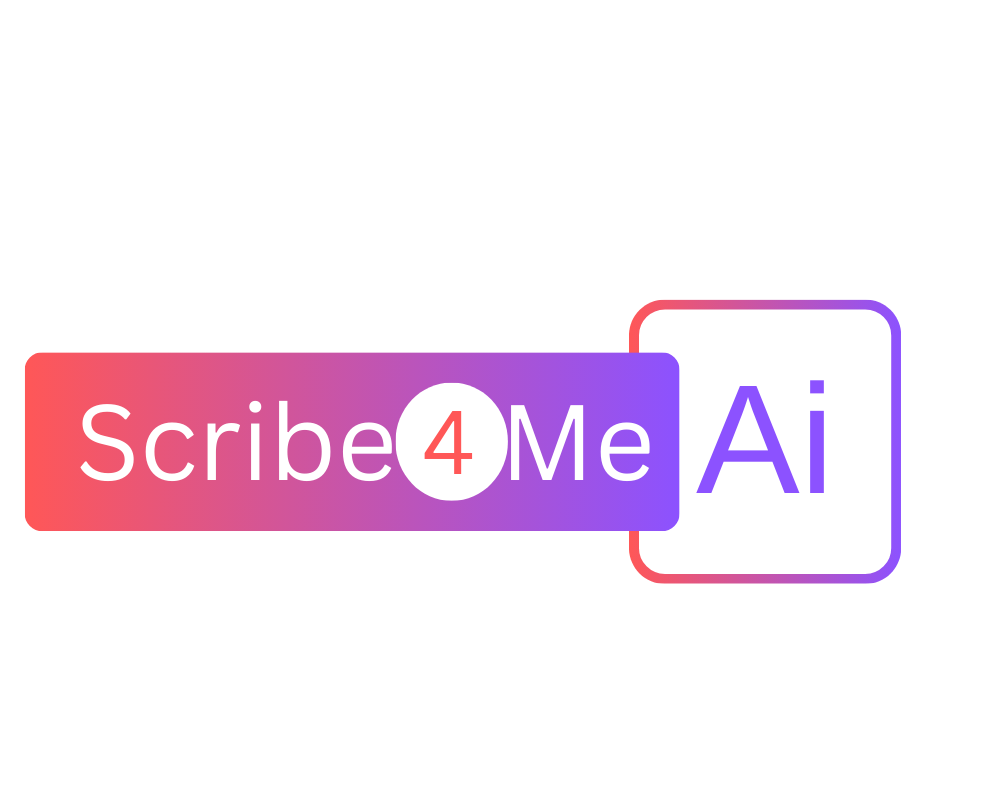

Can AI Scribes Ease The Burden On Primary Care Providers? Research Says, Yes
Physician burnout, particularly in primary care is a growing concern across the United States. The main culprit is the administrative and cognitive demands of EHR documentation. Evidence shows that primary care providers spend 13% more time on charting and 3.5 to 6 hours of their day in the EHRs. This administrative overload leaves many providers overwhelmed leading to emotional exhaustion and decreased job satisfaction. Burned-out providers are also more likely to leave their jobs, leading to staff shortages and impacting patient care. A recent research from the University of Michigan Health West suggests that AI scribes could be a promising solution to ease this burden and help providers regain control over their time and well-being.
The Study - Measuring Impact on Burnout and Documentation
Researchers at UMHW conducted an observational study involving 110 primary care providers. They wanted to see if an AI scribe would be associated with lower burnout and less time spent on documentation.
How the Study Worked
Burnout Measurement - Providers completed the Oldenburg Burnout Inventory (OLBI), which assesses disengagement and exhaustion.
Documentation Time - The study tracked how much time providers spent documenting each patient encounter, both before and after using the AI scribe.
AI Scribe Usage - High usage was defined as using the AI scribing tool for more than 60% of patient visits.
Key Findings
Reduced Burnout for High AI Scribe Users
Providers who used AI scribes in more than 60% of their encounters reported significantly lower disengagement scores on the OLBI. This means they felt more connected to their work and less emotionally drained. While the total burnout score wasn’t significantly lower it showed a positive trend. This suggests that frequent use of AI scribing tools can help providers feel less detached and more energized.
Significant Drop in Documentation Time
Perhaps the most striking result was the reduction in documentation time. For providers who adopted AI scribes heavily, the average time spent documenting each patient encounter dropped by 28.8%—about 1.8 minutes less per note. Additionally, time spent documenting outside of standard work hours also went down by nearly 12%. This freed up valuable time that could be spent with patients or on personal activities.
No Major Differences by Provider Characteristics
Interestingly, the benefits of AI scribes were not limited by age, gender, years in practice, or provider type. Both physicians and advanced practice providers saw similar reductions in documentation burden and burnout scores. This suggests that AI scribes hold promise not just for primary care, but for medical specialties across the board.
What Do These Results Mean for Healthcare?
The findings from this study are encouraging for several reasons
Improved Well-being - Reducing documentation time and burnout can help providers maintain their passion for medicine and improve their overall well-being.
Better Patient Care - When providers are less burdened by administrative tasks, they can devote more attention to patient care, leading to better outcomes and higher patient satisfaction.
Potential for Wider Adoption - Since the positive effects were seen across different types of providers, AI scribes could be beneficial in a variety of healthcare settings.
Challenges and Considerations
While AI scribing technology shows promise, it’s comes with its own set of challenges. Successful implementation of AI scribes requires careful planning, adequate training, ongoing support, and provider buy-in. There’s also a learning curve as providers adapt to new workflows. Privacy and data security are also important considerations, as sensitive patient information is being captured and processed by AI tools. Additionally, not all providers may be comfortable relying on technology for documentation. Some may prefer traditional methods, at least for certain types of visits or patient populations.
The Way Forward
As the healthcare industry continues to grapple with provider burnout, the findings from UMHW paint a promising picture. By automating much of the tedious documentation process, AI scribes free up valuable time and reduce cognitive load for primary care providers during appointments. This shift allows them to focus more intently on their patients, fostering deeper connections and potentially leading to more thorough care and improved patient satisfaction. For healthcare systems, investing in such technologies could lead to better provider retention, higher job satisfaction, fewer administrative burdens and a path towards tackling healthcare’s most persistent challenges.
Final Thoughts
Burnout in healthcare won’t disappear overnight, but the use of AI scribes can make a real difference. By mitigating the administrative and cognitive demands of documentation, AI scribes help reduce burnout, improve provider well-being, and allow physicians to give their full attention to the patient in front of them.
Is documentation draining your focus and mental clarity? Let Scribe4Me AI ease your cognitive load by taking over the tedious clinical note-taking task. Try it today, it’s free! You’ll wonder how you managed without it all these days!


